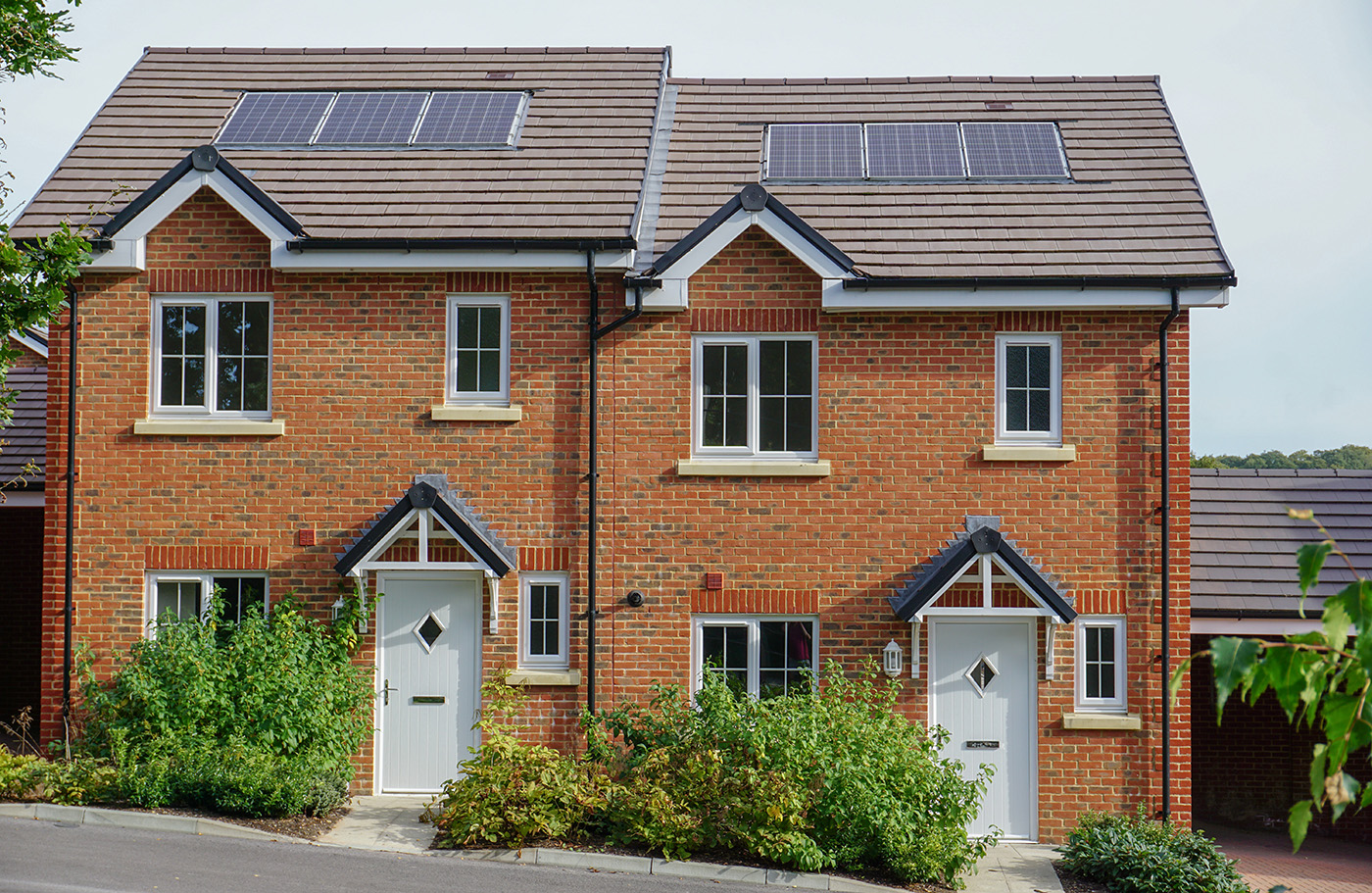SAP vs. The Home Energy Model: What’s the difference?
The Home Energy Model, as noted in the consultation of the same name, ‘represents a fundamental overhaul to previous versions of SAP’, providing a number of key changes to both the methodology and the related ecosystem (the environment and format in which it is made available).
This article will explore the key differences between the Standard Assessment Procedure (SAP) and Home Energy Model, as noted in the government consultations.

What is The Home Energy Model?
The Home Energy Model is a government calculation methodology designed to assess the energy performance of homes across the United Kingdom. The model is due to replace the current methodology, SAP, with its first implementation scheduled alongside the Future Homes Standard in 2025.
Like SAP, the model will underpin a large number of government policies, making it of critical importance to the delivery of the government’s housing and climate policies.
Developed from scratch, the Home Energy Model represents a ‘fresh start’ for the calculation methodology and has the potential to be used in a much broader set of applications compared to its predecessor.
For more detail on SAP and the Home Energy Model consultations, view our recent article on the button below:
View Article >What are the key differences between SAP and the Home Energy Model?
There are a number of changes referenced in the government consultation, covering both the methodology itself and the related ecosystem (the environment and format in which it is made available). The various changes are presented in the consultation as follows:
Changes to the Calculation Methodology
The proposed changes to the Calculation Methodology include:
- Increasing the time resolution
The current version of SAP undertakes calculations at a monthly time step. In contrast, the Home Energy Model will simulate homes at a 30-minute time resolution, meaning that every half-hour of the stimulated year is evaluated. This change should result in a number of key benefits, including fewer constraints, improved presentation of heat pumps and validation against dynamic simulation and monitoring data.
The increased time resolution may result in the model taking longer to run. However, the government aims to limit any potential drawbacks in the next phase of the project.
- Building strong foundations on international standards
Since its introduction, SAP has been based on the Building Research Establishment (BRE) Domestic Energy Model (BREDEM). BREDEM is intended to be compliant with current European Standard covering the calculation of the energy performance of buildings.
For the Home Energy Model, the government intends to move away from BREDEM and deviate from the European Standards in places where there is evidence or a basis for doing so.
- A modular architecture
Since its initial introduction, SAP has gone through various iterations and has been expanded over time to incorporate more functionality. However, according to the government, this has led to ‘a lack of structural clarity’.
In contrast, the Home Energy Model reference code is constructed of a modular framework, meaning that it is flexible and adjustable. The boundary of each module is defined by a fixed set of inputs and outputs that are exchanged with other modules. This means that they should not typically vary when the inner workings of the module change.
The noted benefits of this include greater ease of use and more flexibility for continuous improvement.
- Modelling energy flexibility and smart technologies
As a result of the Home Energy Model running as a half-hourly simulation, it has the ability to accept varying profiles. This creates the potential to take unique values for every half-hour of the year, allowing for realistic modelling of the interactions between variable supply and demand and enabling accurate measurement of the benefits from storage and load shifting technologies and behaviours.
The resulting benefits of this change include greater energy flexibility and the ability to adapt and regulate energy use, generation, and/or storage in response to signals from the home or the wider energy system.
Changes to the Ecosystem (Environment)
The proposed changes to the ecosystem include:
- An open-source methodology.
One of the principle aims of the Home Energy Model project is to increase the transparency of the methodology. To achieve this, the government aims to publish the codebase; meaning that all changes to the model will be visible before they are formally implemented.
- Changes to the delivery model and provision of software.
At present, the SAP methodology is owned by the government and made publicly available as a PDF download from contractor’s websites. For the Home Energy Model, the government proposes to include the provision of a home energy performance calculator, wherein the government provides a centralised and cloud-based version of the calculation engine that software providers can build their own user interfaces around.
- A revised database of product characteristics.
In the next stages of development, the government aims to rebuild the Product Characteristics Database (PCDB) from the underlying test data and to add new classes of products. Once the model is live, the product performance data will be stored in a database that is separate from the core engine.
- Recognising new technologies in the Home Energy Model.
The project looks at how the current format recognises new technologies, noting a number of key issues, including lack of transparency and long timeframes. Ahead of the model going live, the government intends to fully integrate all existing technologies into the model and PCDB.
The approach for recognising new technologies in the Home Energy Model is still in the early development stage. However, the government intends to adopt the following principles:
– Increased transparency
– Open research
– Integrity
– Continuous evaluation
– Greater integration
What is certain, is that the proposed centralised delivery model will enable new technologies to be recognised in the core engine on a more frequent basis.
- Using ‘wrappers’ to distinguish different use cases.
One of the core aims of the project is to clarify and separate the different purposes and functions. This is to be achieved through the use of ‘wrappers’, i.e. a piece of code that wraps around other program components and calls on them as part of its operation.
For the Home Energy Model, a wrapper will define the standardised inputs and user inputs required to specify the model, as well as define the outputs that the model will provide. This means that wrappers can make other pieces of code easier to use, without modifying them. As present, the consultation provides two wrapper examples, including the Energy Performance Certificate (EPC) Wrapper and Future Homes Standard (FHS) Wrapper.
Home Energy Model
For more information on the Home Energy Model, including why it is replacing SAP, how it will affect EPCs and more, visit our landing page.
MORE INFORMATION >
To read Elmhurst’s response to the government consultation, please click the following link:
https://www.elmhurstenergy.co.uk/app/uploads/2024/03/Consultation-Response-HEM-for-SAP-002-1.pdf
For more information and to view the government consultations, please click the following links:
Home Energy Model: replacement for the Standard Assessment Procedure (SAP): https://www.gov.uk/government/consultations/home-energy-model-replacement-for-the-standard-assessment-procedure-sap
Home Energy Model: Future Homes Standard assessment: https://www.gov.uk/government/consultations/home-energy-model-future-homes-standard-assessment
